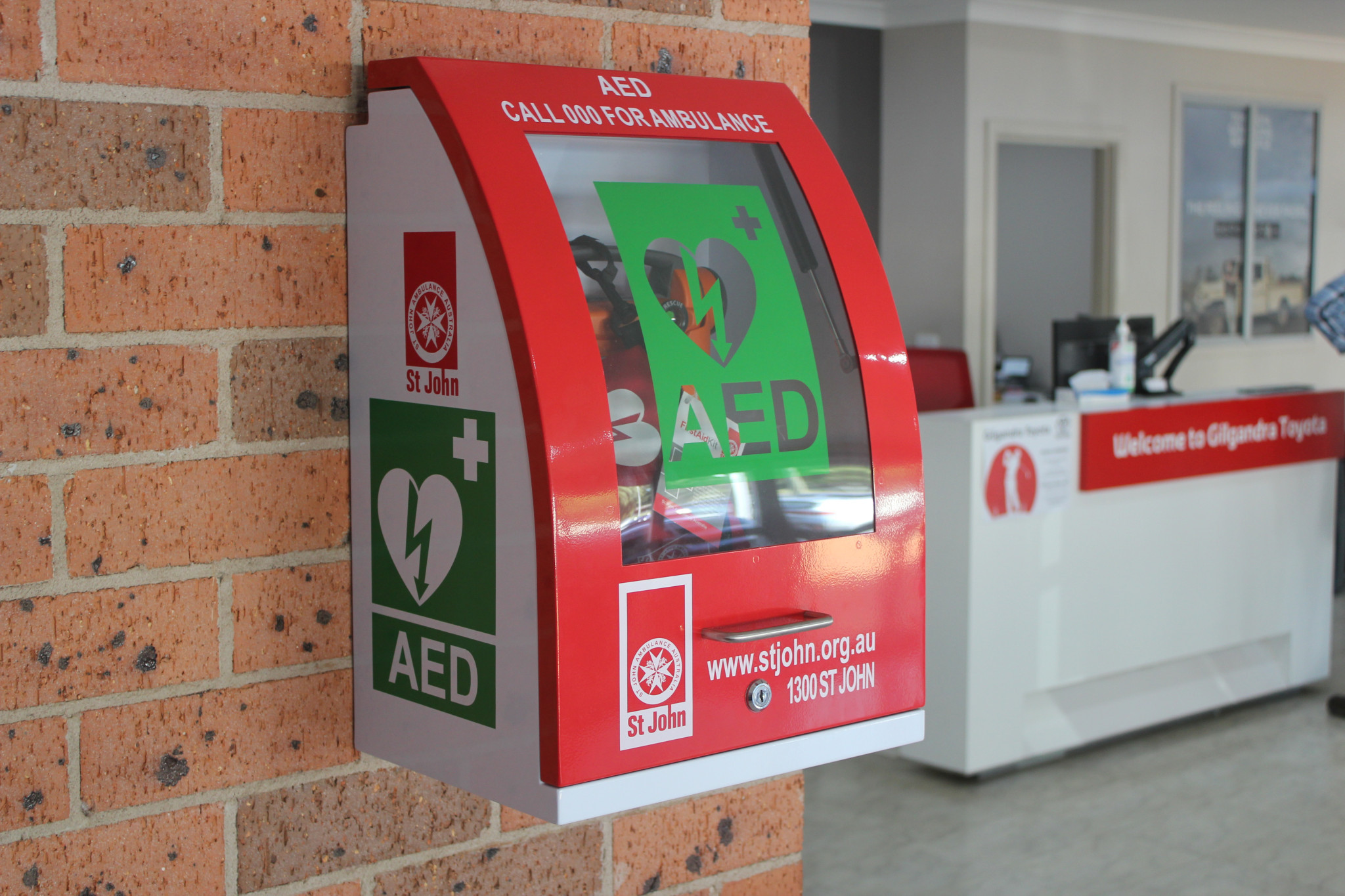Community & Business
18 February, 2024
February is heart awareness month
February is RedFeb - heart health awareness month

Heart disease affect two thirds of all Australians and remains the leading cause of death in Australia, annually responsible for an average of 10,000 more preventable deaths than smoking.
This year, RedFeb is aimed to “[reshape] how Australians approach cardiovascular wellbeing,” writes Nicci Dent, CEO of Heart Research Australia.
“Our goal this year is to shed light on the financial and health implications associated with heart disease.”
Dr Avedis Ekmejian, a senior cardiologist and researcher, has provided his advice as part of RedFeb. He recommends four key, cost-effective methods to lower the personal risk of heart disease.
Eating heart-healthy foods such as beans and lentils, while avoiding excess sugar and fast food.
Staying active with activities such as walking, jogging, or gardening.
Managing stress by spending time with loved ones in tough times, or engaging in mindfulness activities like meditation and yoga.
Finally, having regular health check-ups as preventive care is most effective for long-term heart health.
Dr Ekmejian also strongly advises avoiding smoking, as it is one of the largest contributors to poor heart health.
Heart of The Nation, an Australian heart health initiative established by the original ‘Yellow Wiggle’ Greg Page, is also on a mission this RedFeb. Heart of the Nation wants to encourage more people to confidently use an automated external defibrillator (or AED) to increase the lives saved from sudden cardiac arrest, which currently affects around 25,000 Australians annually with a survival rate of only around five per cent.
Reportedly, survival rates as high as 67 per cent could be achieved if more Australians were aware of and confident in using AEDs. “No medical or first aid training is required to quickly respond to someone in cardiac arrest where an AED is nearby,” said Mr Page.
“Early defibrillation by an AED can increase survival rates drastically while waiting for an ambulance to arrive.”
“When someone collapses due to a cardiac arrest they rely upon community members to act rapidly… An
AED becomes the team leader, talking to responders and telling them exactly what they can do to give that person the best chance of surviving,” head of education and training with Heart of the Nation, Kevin McSweeney said.
“The difference an AED can make to saving a life is staggering, time is critical in a sudden cardiac arrest episode and all that is required from an AED is that you turn it on.”


